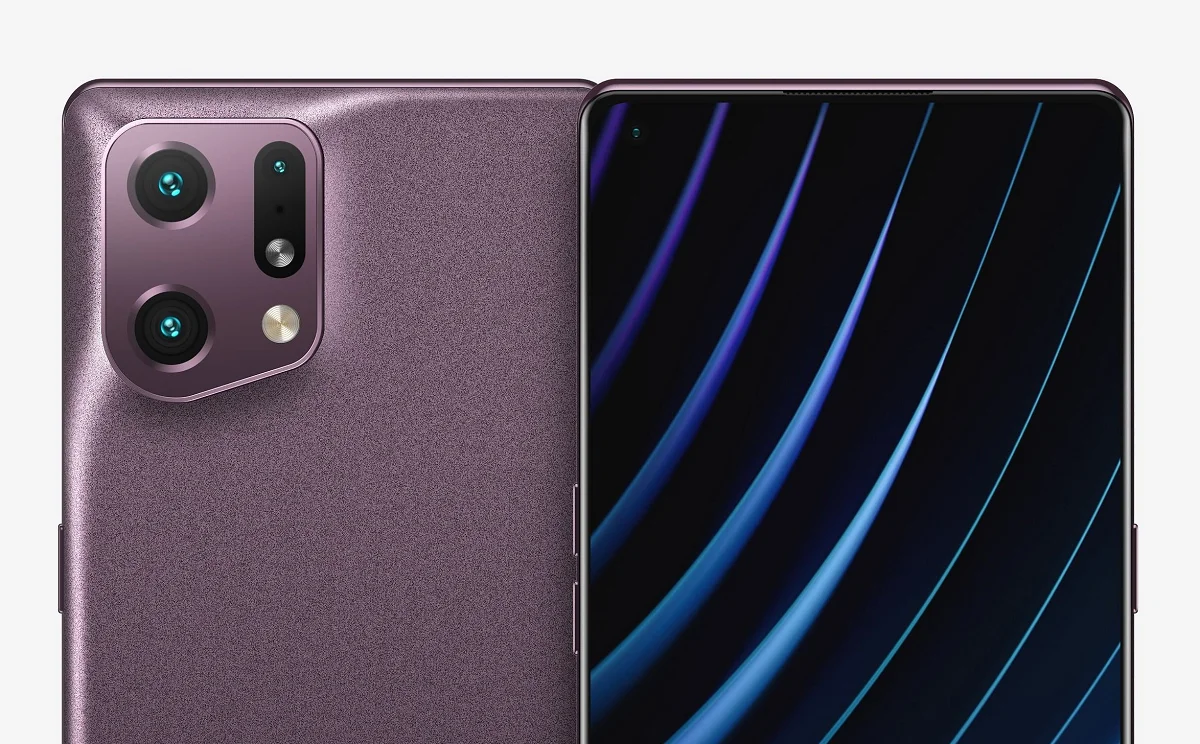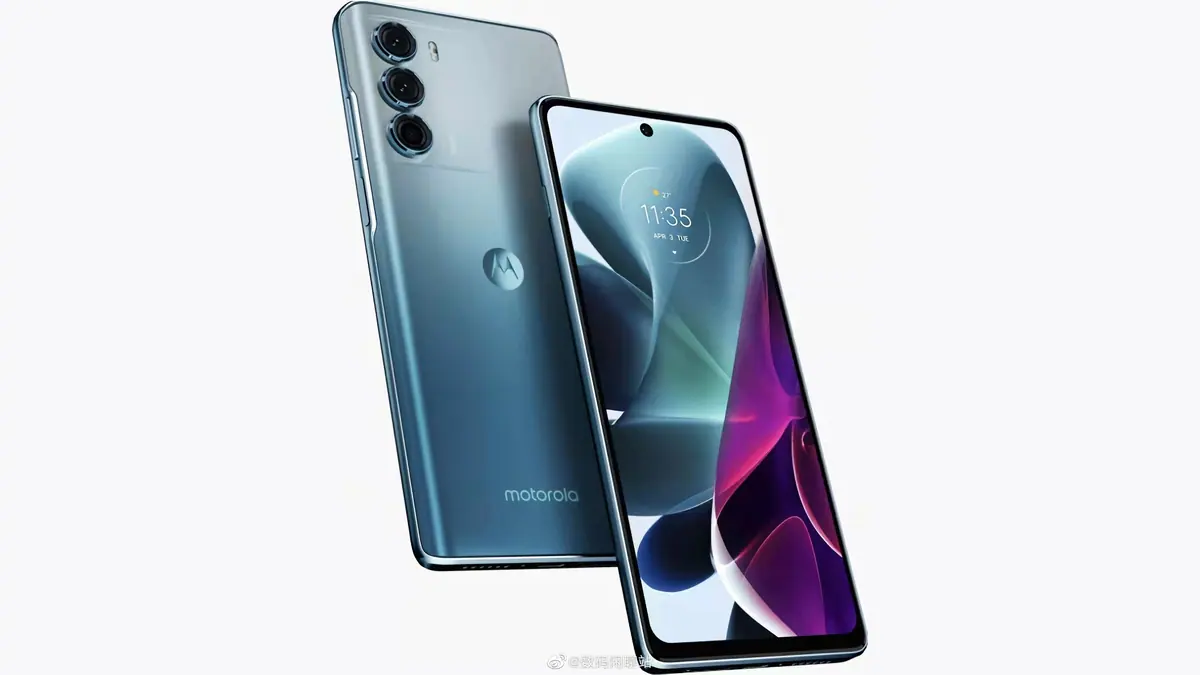The screens of the new generation smartphones are going through several revolutions. Some are loud, others are quiet. The most popular was the refresh rate. 120Hz has been democratized and with that we have systems that feel more fluid and fluid. The touch sampling rate, by contrast, is one of those quiet cycles that allows for more agile screens when interacting with them.
And in the last two years we have a third contributor: PWM technology. It stands for ‘Pulse-Width Modulation’ and there are few manufacturers working to maximize this rate. Aim? reduce eye strain Till the end.
Fluidity is good, but must protect our panel view
To understand the concept of PWM or pulse width modulation, the first thing we need to explain is this: how panels regulate brightness, because it is not as simple as it seems. There are basically two types of signals: digital and analog. Analog signals have varying degrees of intensity, from 0% (panel off) to 100% (panel illuminated at maximum). This provides a high degree of accuracy in determining the brightness of the panel by applying more or less voltage.
in a digital signal they only have closed and open states, so (a priori) editing the brightness doesn’t seem that easy. Despite this limitation compared to analog ones, digital signal controllers are cheaper, smaller and more efficient so they have now become the norm in mobile phones.
in a compartment The entire LCD matrix is backlit, but we said that there are only on and off states in a digital signal. How then is the brightness regulated? To use energy more efficiently, there is a solution in PWM: how can we reduce the brightness with this technology, for example, in half?
PWM, or pulse width modulation, allows to reduce the brightness of the panel by changing the on/off states at a rate that the human eye cannot detect.
Basically that would cut the backlight in half turning the screen on and off at an undetectable frequency with the naked eye to the human eye. As you can see in the diagram, the on-off cycle of the panel is modulated each time the brightness is reduced. These cycles are called business cycles: A 50% backlight duty cycle will provide half brightness. A 70% cycle will keep the panel open 70% of the time and closed the remaining 30%.
The real problem arises when we talk about the most democratized screens in the mid and high range: oled. In an OLED display, the entire panel is not backlit, instead the different subpixels are individually turned on and off. Constantly turning so many pixels on and off can cause flickering, delayed panel response time, and eye strain. Solution? Increase the frequency of opening and closing the panel.
PWM on mobiles like Honor Magic5 Pro 2160hz. Such extremely high frequencies minimize screen flicker to minimize eye strain. It’s a far cry from the previously customary 240 Hz or 180 Hz at which this technology began to work.
In short, we are witnessing a silent revolution in which manufacturers are implementing panels that, a priori, are supposed to cause less and less visual fatigue. It’s unclear how much the PWM rate will continue to increase, but it’s great news to protect our eyes, along with contrast adjustment and white balance.
Image | xataka
on Xataka | A high refresh rate requires a prepared system and apps: after trying several mobile phones, I don’t think we have either one or the other.














